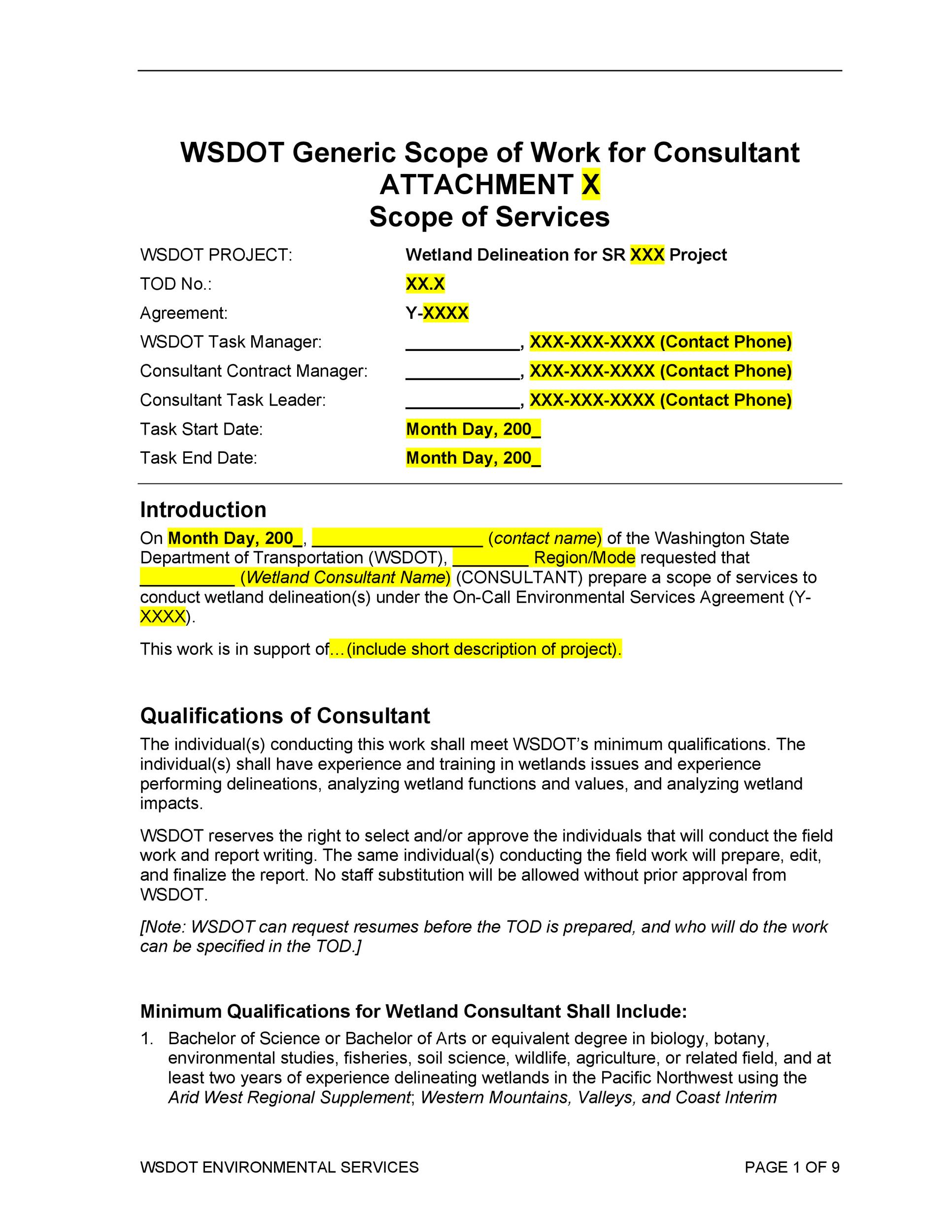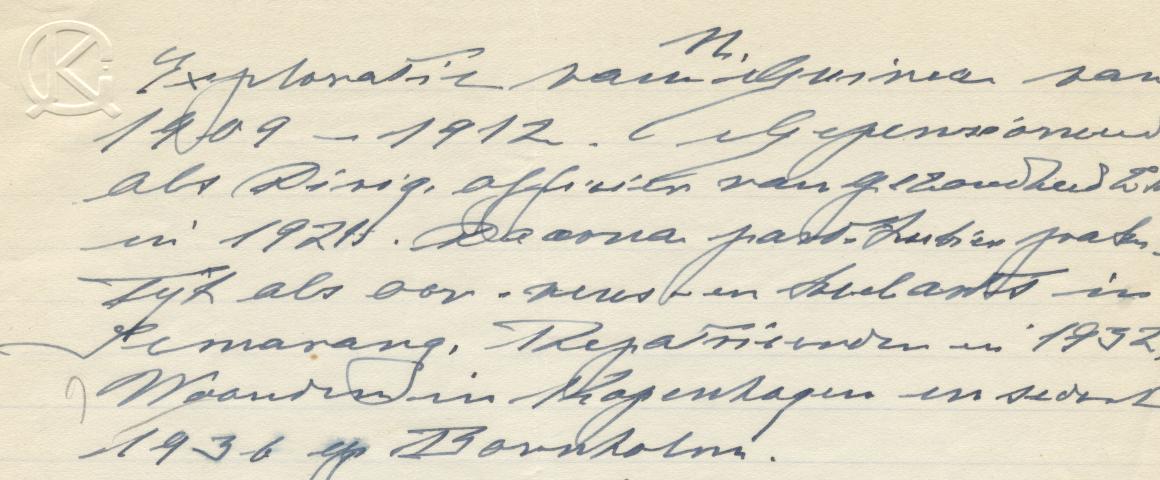Empirical formulae - Formulae and equations - GCSE.
The empirical formula is written with the cation first followed by the anion. To write the empirical formula for an ionic compound: Identify the cation. Cation is written first in the name of the compound. Write the correct formula and charge for the cation. Identify the anion.Empirical Formula. A molecular formula displays the number of all the atoms present in the molecular compound individually; this shows the actual numbers of atoms. But the empirical formula.For example, the molecular formula of glucose is C 6 H 12 O 6 but the empirical formula is CH 2 O. This is because we can divide each number in C 6 H 12 O 6 by 6 to make a simpler whole number ratio.
The empirical formula is a useful notation for ionic compounds such as NaCl, in which it is only important for us to know the ratio of cations to anions. The empirical formula is less useful for.A molecular formula represents the number of atoms of each element present in a molecule of a compound. The empirical formula is the possible simple ratio of atoms which combines to produce a molecule such as empirical formula for glucose is CH 2 O which indicates glucose is made of carbon, hydrogen and oxygen in ratio of 1:2:1.

The molecular formula and empirical formula of some substances are the same. For example, both types of formula for carbon dioxide are CO 2. The formulae used for ionic compounds, giant.












